BioChemistry > EXAM > University of California, Santa Barbara MCDB 108AF13-108A-Final ANSWERS Biochemistry ( VERIFIED ANSW (All)
University of California, Santa Barbara MCDB 108AF13-108A-Final ANSWERS Biochemistry ( VERIFIED ANSWERS )
Document Content and Description Below
Biochemistry (MCDB 108A) Your Name_______________________________ Prof. Duane Sears Neatly print YOUR FULL NAME HERE Final Exam, Dec. 11, 2013 F13‐108A‐Final.docx Page 1 of 15 Pages INSTRUCTIO... NS LEGIBLY PRINT your name on the top of all 15 pages, including the last page with the scoring grid. Answer all 5 questions for a maximum score of 200 points. The point value for each question is shown in parentheses next to the question number. Where appropriate, clearly show your reasoning in order to optimize your partial credit. No partial credit will be given for ambiguous or vague answers or reasoning. PLEASE KEEP YOUR EYES ON YOUR OWN EXAM AND MATERIALS AT ALL TIMES. QUESTION 1 (70 points; 7 parts, 10points each part A). Crocodiles easily hold their breath from 4‐15 minutes, which is an adaptation that allows them to suffocate captured prey by submerging them underwater. They have even been known to stay underwater for as much as 2 hours on occasion. The following parts of this question focus on the properties of crocodilian hemoglobins. A. (10 points) Figure 1A on the right illustrates the experimentally measured oxygen cascade for a full term crocodile embryo (just prior to hatching). Based on the data shown, what fraction of the oxygen that circulates in embryonic crocodile blood appears to be consumed with each cycle? Clearly explain your answer for full credit. Figure 1ABiochemistry (MCDB 108A) Your Name______________________________ Prof. Duane Sears Neatly print YOUR FULL NAME HERE Final Exam, Dec. 11, 2013 F13‐108A‐Final.docx Page 2 of 15 Pages QUESTION 1 (continued) Figure 1B above shows measured values for the partial O2 pressures at 50% saturation (P50O2) for whole blood isolated from crocodile embryos (left) and hatchlings or juveniles (right) at various ages when measured in the presence of CO2 at pCO2 = 44 mm Hg (solid circles) or pCO2 = 16 mm Hg (open squares). B. (10 points) During developmental and maturation, crocodiles express two tetrameric hemoglobin isoforms, an embryonic hemoglobin (crocHb E) and an adult hemoglobin (crocHb A). Based on the data shown in Figure 1B, which of the following do you conclude about the average O2 affinity of crocHb E in crocodile whole blood as compared to crocHb A in whole blood? Is crocHb E likely to have (circle one) about the same, a much greater, or a much lower average O2 affinity compared to crocHb A in whole blood. Clearly explain your answer for full credit [Show More]
Last updated: 2 years ago
Preview 1 out of 15 pages

Buy this document to get the full access instantly
Instant Download Access after purchase
Buy NowInstant download
We Accept:

Reviews( 0 )
$11.00
Can't find what you want? Try our AI powered Search
Document information
Connected school, study & course
About the document
Uploaded On
Jun 24, 2021
Number of pages
15
Written in
Additional information
This document has been written for:
Uploaded
Jun 24, 2021
Downloads
0
Views
77

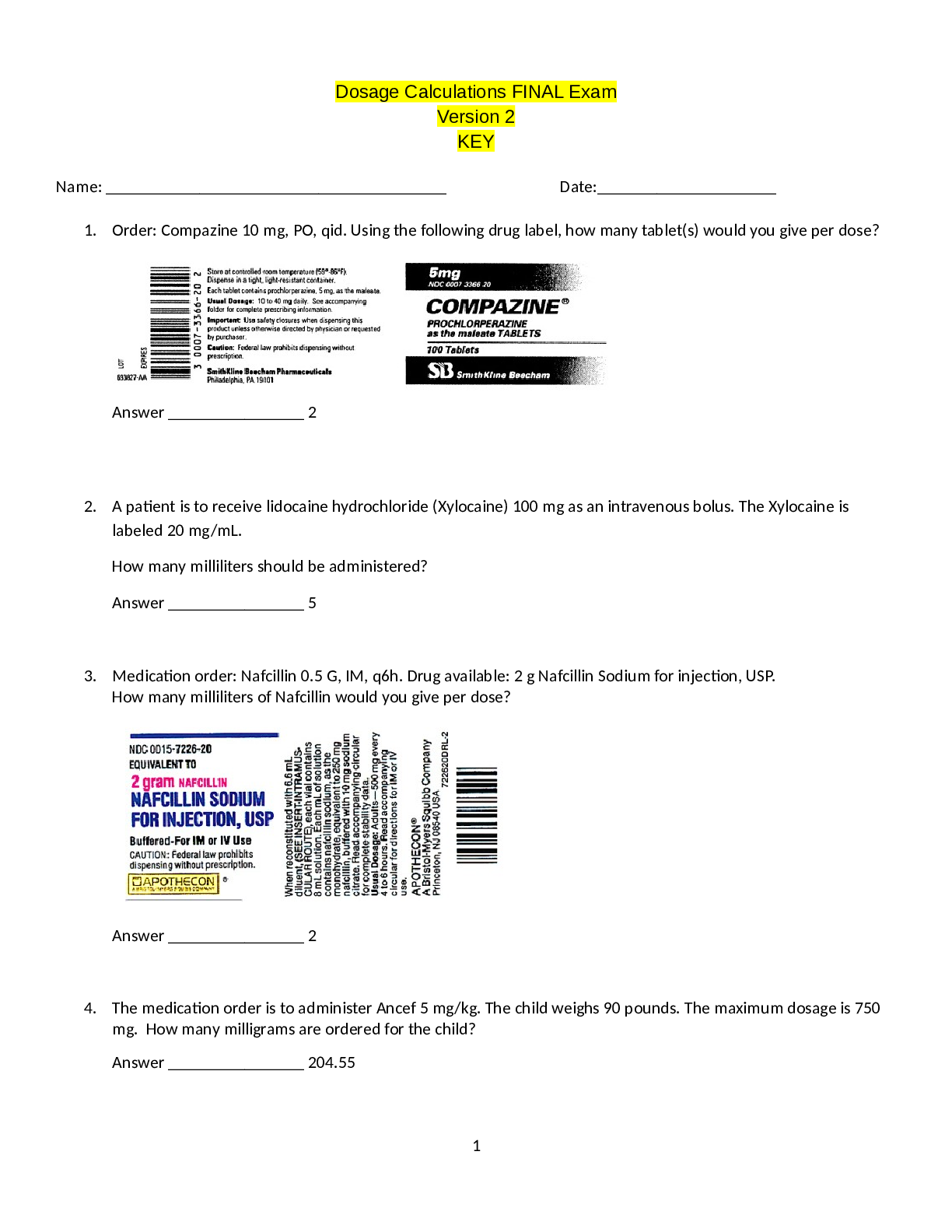
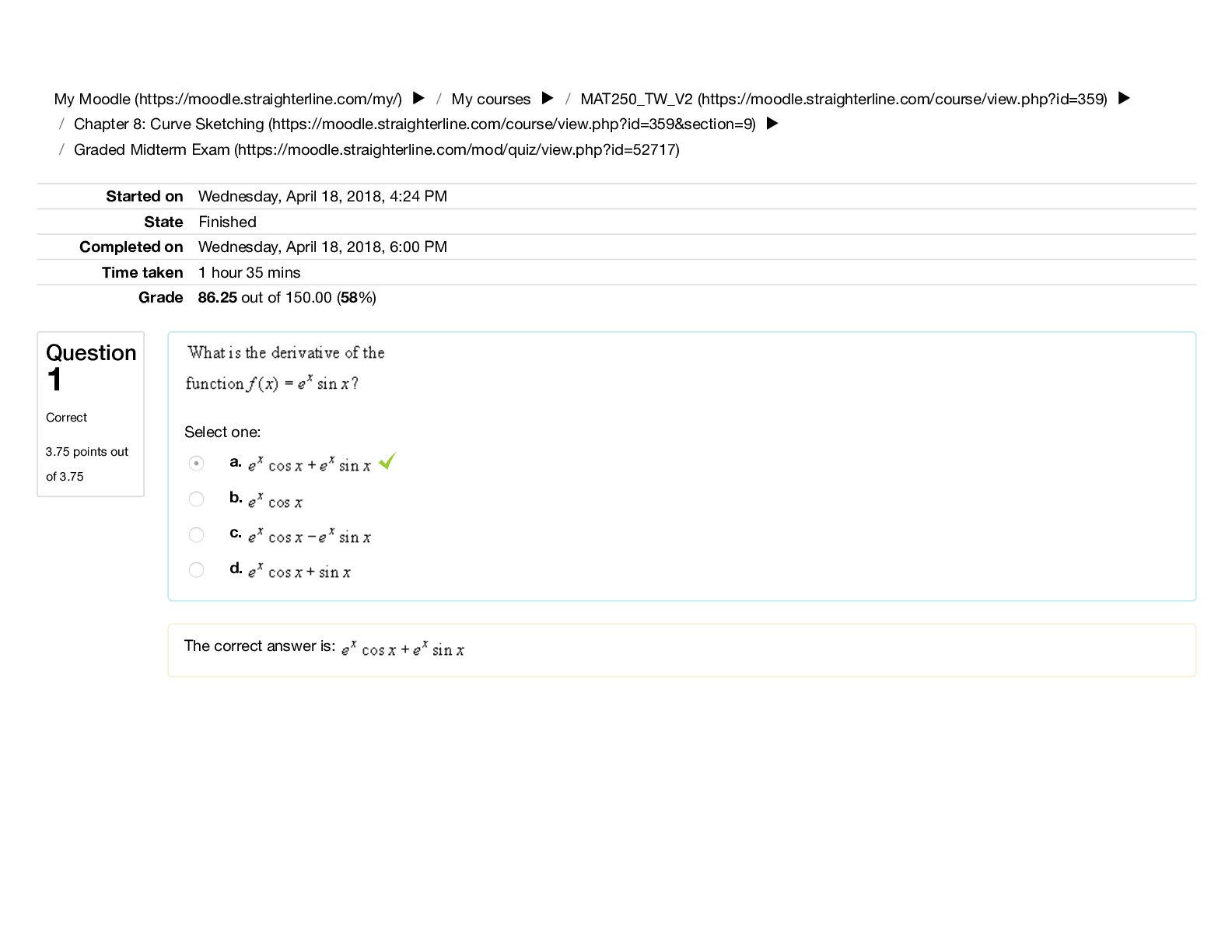
.png)


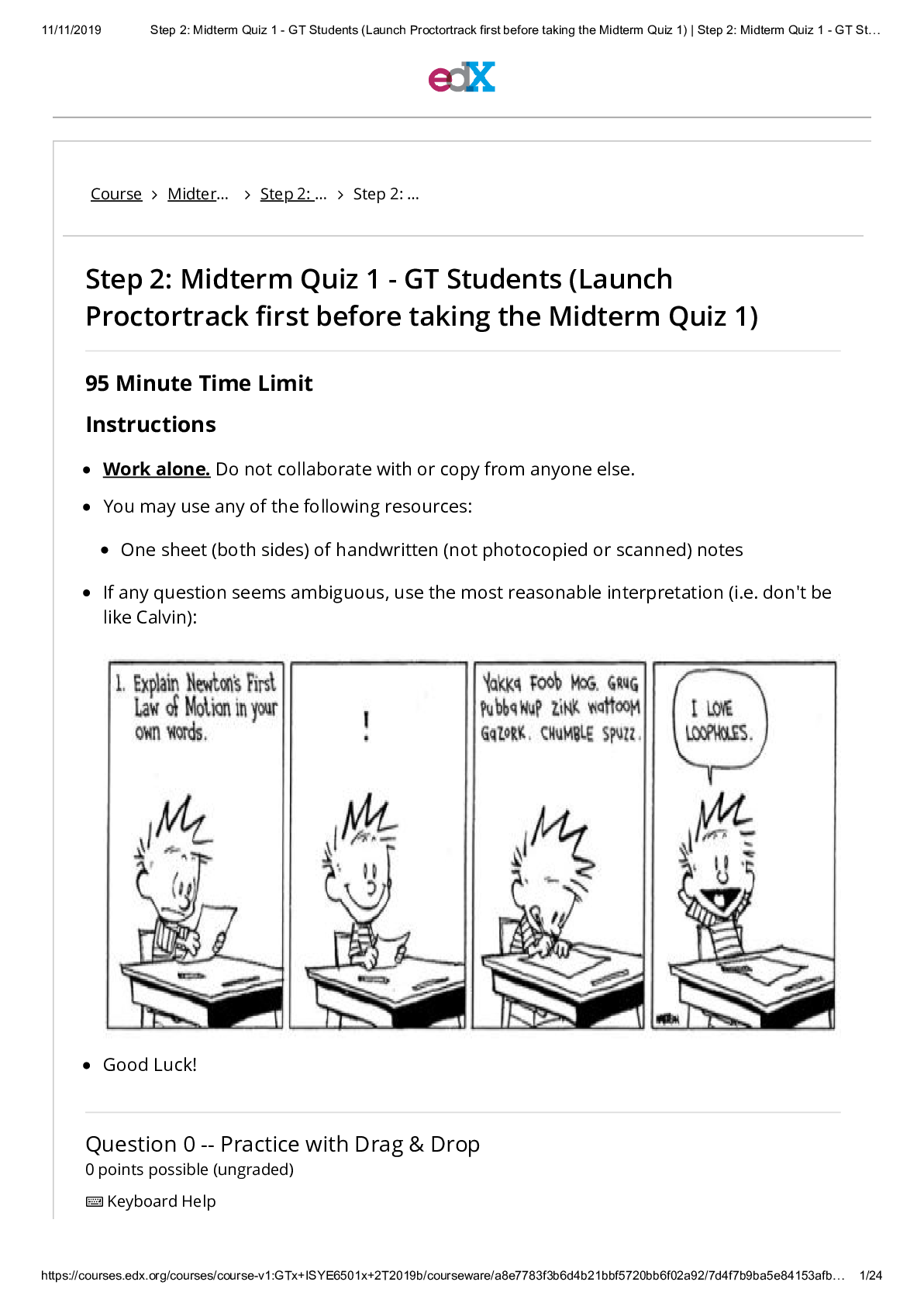
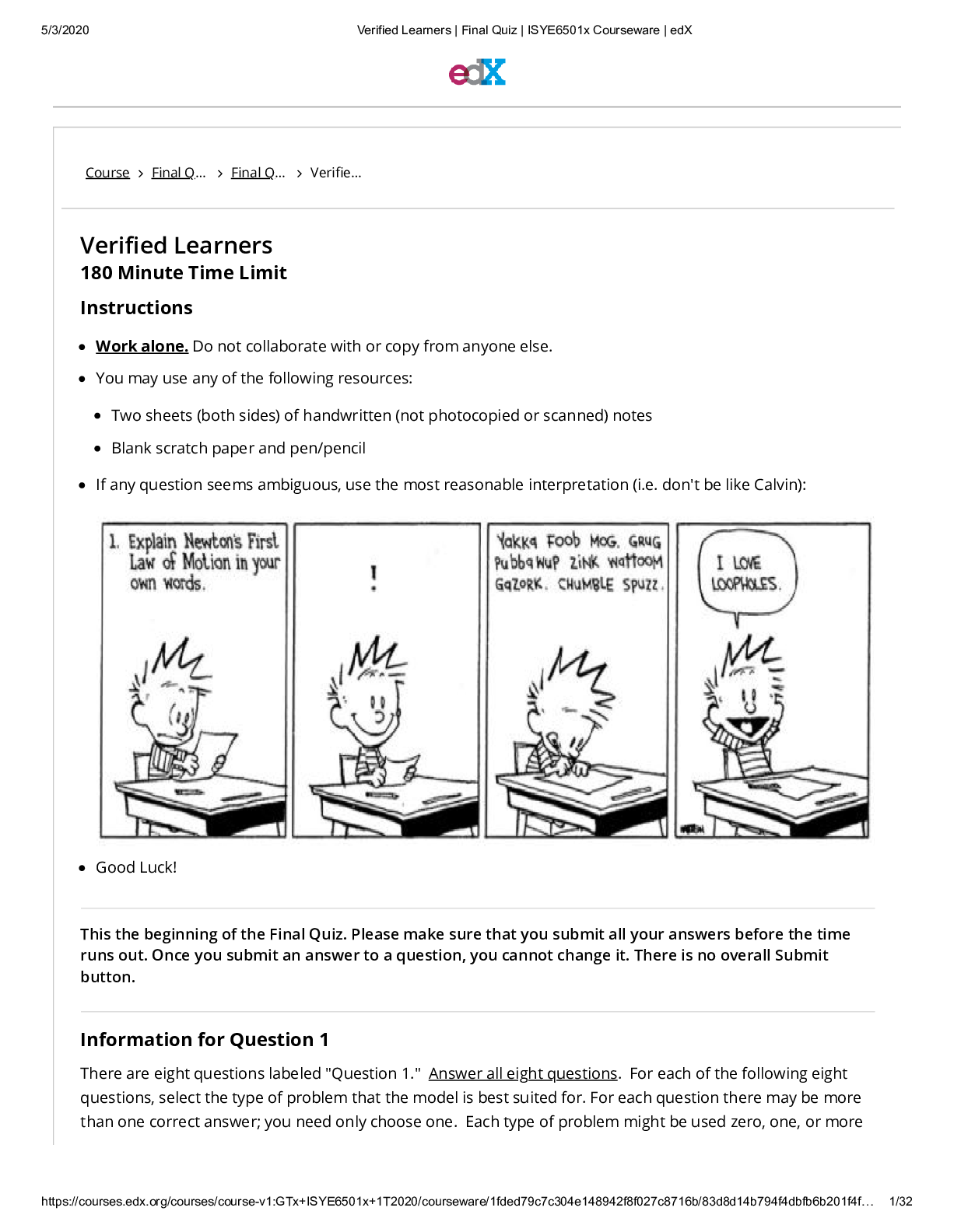

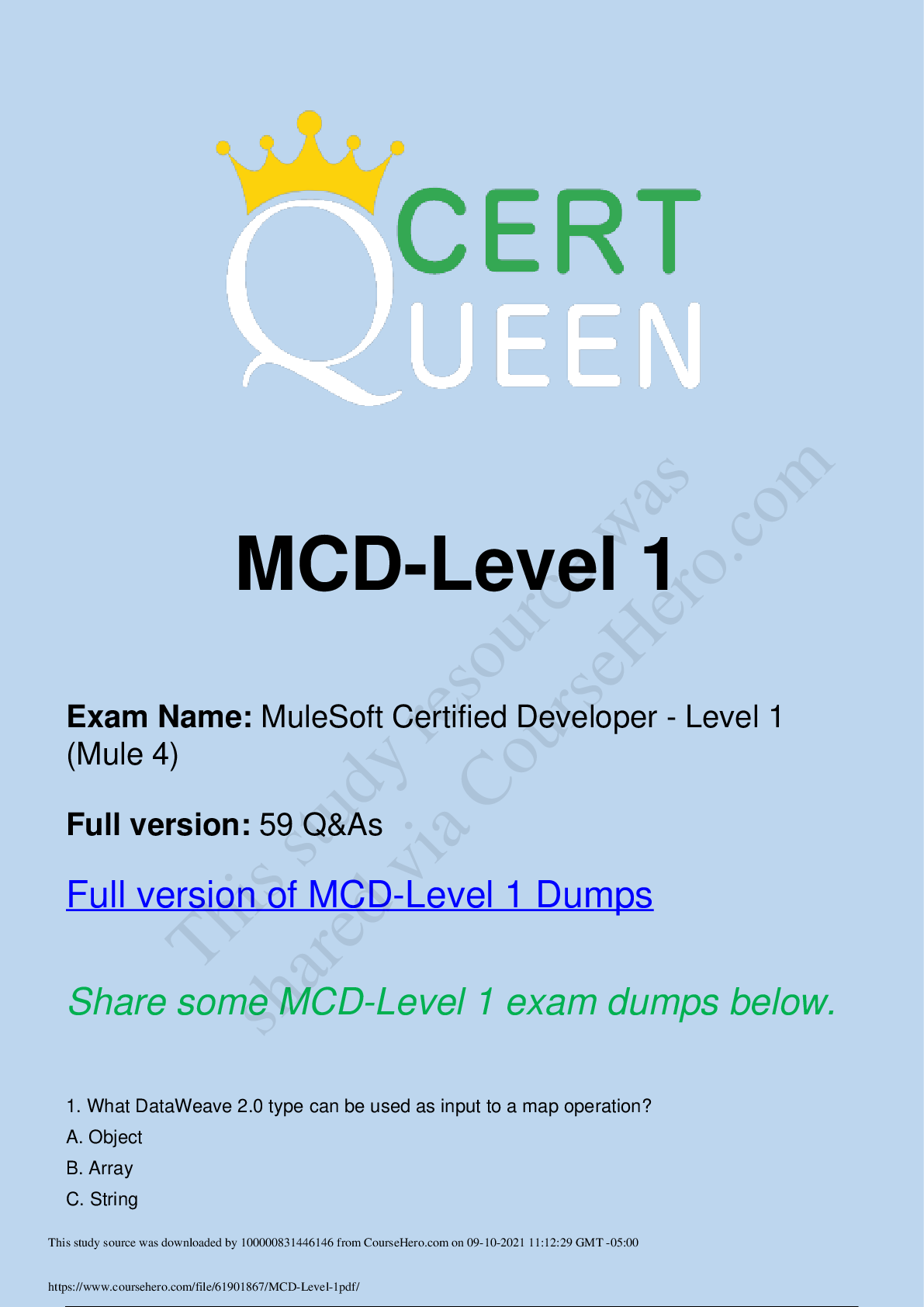
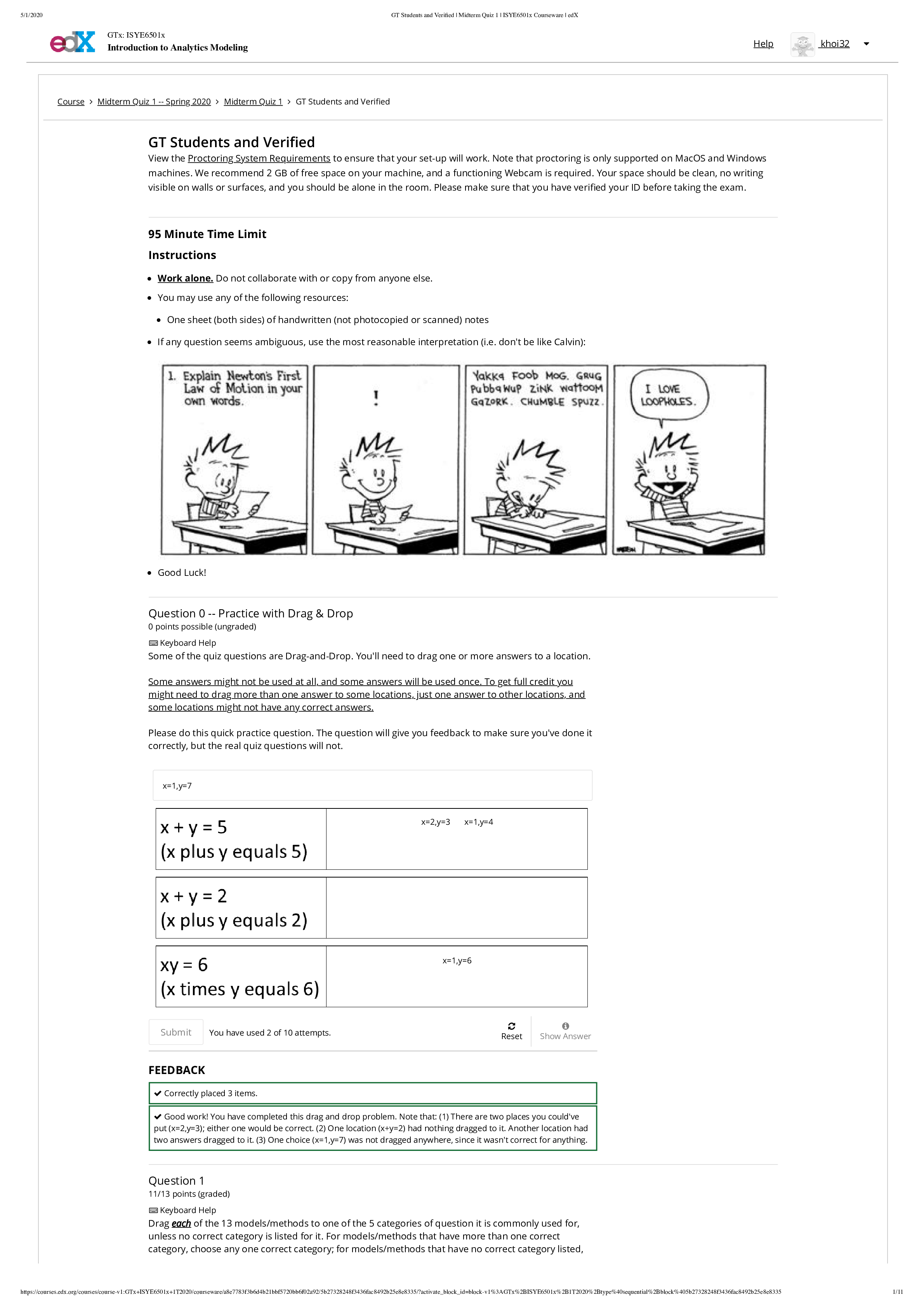
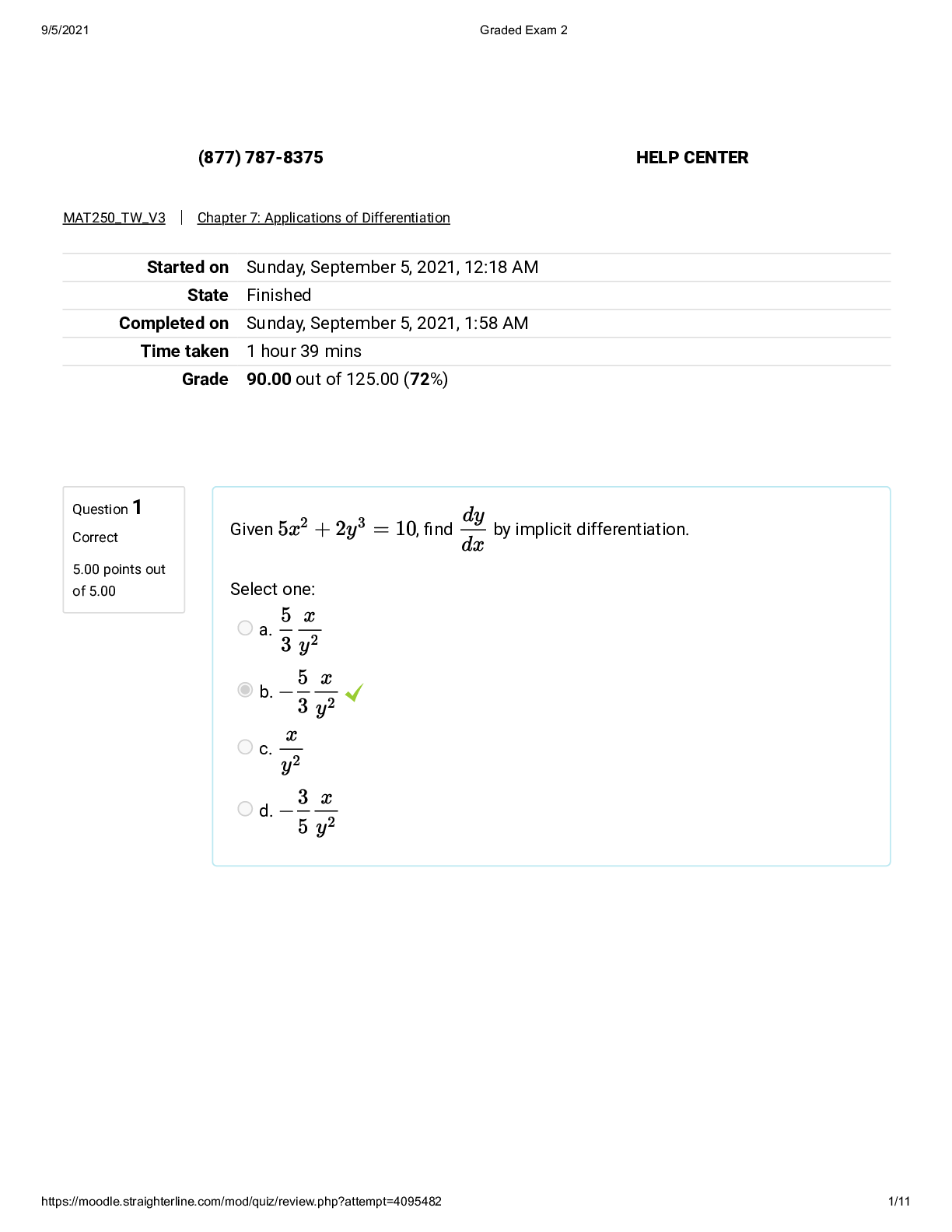
.png)

